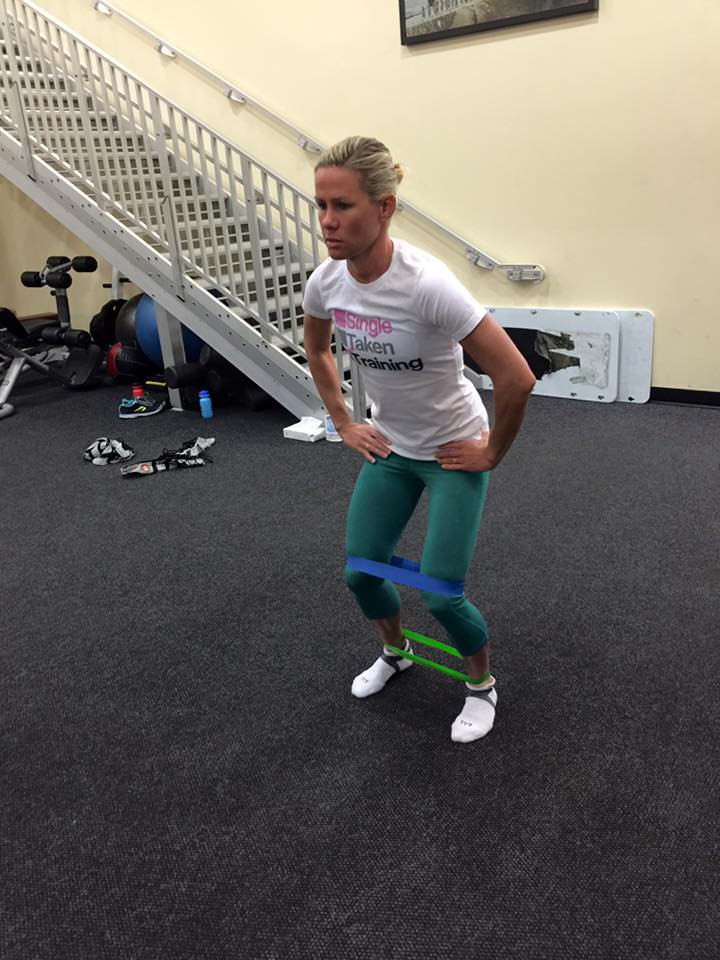I have the belief that, as the duration of your event increases the training becomes more simplistic. This applies if you’re training for a 10-17-hour day of aerobic exercise, such as a long-course triathlon or IRONMAN.

Many athletes are under the impression that there is a magical approach to training for an IRONMAN. The truth is there are no magic workouts, supplements, or shortcuts that will make you a better long-course triathlete. Athletes that excel at the IRONMAN distance are those that put in the time and have consistency in their training.
The most important piece of training advice that I can give a person is this: Consistently train!
This may sound simple, but with the complex schedules that a lot of us have to train around, finding the time is the hard part. Most athletes have many things going on in their lives besides triathlon. Work, family, and other commitments limit the amount of time that can be used for training. Triathlon training must work in harmony with our everyday lives. This sport is fun and when it starts to become another stressor, then it may be time to take a step back.
The best approach to being consistent in your training is the “basic week” approach.
Schedule a week that has a little less training than you feel is attainable. Now, it may seem odd that I am telling you to schedule less. Whatever happened to setting your goals high‚ or aiming for the stars? I’ve fallen into this trap before, setting my expectations too high and designing basic weeks that I am unable to hit. I would design a schedule where every minute of my day was used. I thought to myself, all right, a monster training week just like the pros. What I failed to realize is there are going to be distractions, unexpected events, or hold-ups that put me behind schedule. It looked good on paper, but it was not feasible. I didn’t give myself any flexibility if things didn’t go right in my “dream plan.”
I’ll admit, it is fun to try to test your limits. But in my experience, the continued failure to hit your basic week only leads one down a path of inconsistency and frustration. Successfully hitting your targets week after week is far more rewarding than falling short each time.
How do you design a basic week?
Once you have finished your early season base preparations, begin to develop a weekly plan with targets/volume that you can reasonably handle. Don’t be in a hurry to rush right into your normal training volume. Build volume gradually as the season approaches and your fitness increases. Remember, we are preparing ourselves for a long day of aerobic exercise where strength, endurance, and durability are superior to speed.
The key to your early season basic week is frequency, not volume. You will achieve volume through frequency.
During the year, your basic week will change in focus. For example, during the winter months, it is hard to put in the bike volume required to excel at the IRONMAN distance. Instead, focus on the frequency of swimming, running, strength, and flexibility. You can add cycling volume to your basic week once there is more daylight and the weather becomes nicer.
Reminder: Within this basic week, don’t get caught up in the magic workout‚ or with the tweaking of main sets within workouts. By being patient and training consistently, you will have a great platform to build on once spring arrives.
As an age-group or beginner triathlete, anything you consistently do will increase your fitness. The process is simple and doesn’t need to be so complicated. Most people are looking for an easy way out, but the truth is, you have to do the work. Hitting your weekly targets, week after week, leads to successful months, which leads to successful seasons.
Success in any aspect of our lives is the result of linking up thousands of successful moments over time. Our current situation is created from decisions of the past. Keep that in mind as you train for an event that is over 140 miles long and may be six months from now!







